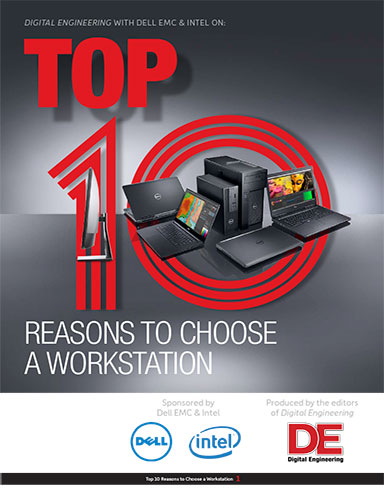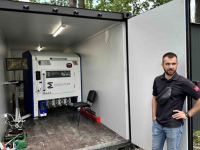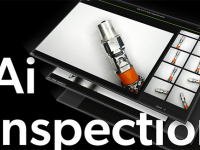Top 10 Reasons to Choose a Workstation
Examine the ROI of professional workstations with Intel® Xeon® processors for design engineering work as opposed to standard personal computers from three perspectives: the design engineer, the IT professional and executive management.

March 7, 2017
It seems every business sector—automotive, aerospace and defense, heavy industry, consumer goods, even agriculture—wants “smarter” products that will comprise the Internet of Things (IoT) and form the basis for the connected factory of the future.
For engineering departments large and small, that means today’s design engineering teams are being asked to create more complex product designs, simulate more advanced mechanical and electrical phenomena, and virtually assemble components as part of larger systems—all in less time. Skilled engineers are at a premium, so the challenge can’t always be met by adding more hands on deck. According to a 2016 employment report by Experis Engineering, a division of ManpowerGroup, 82% of employers who hire engineers struggle to fill open positions.
To meet demands for more complex design and simulation in less time, leading companies are investing in technologies to make their employees as productive as possible. They’re using more advanced software that can handle larger computer-aided design (CAD) models, run more detailed multiphysics simulations, and digitally prototype via advanced rendering technologies or even virtual reality. However, all of those applications require more computing and/or graphic power, and that’s where some businesses are falling behind.
This white paper examines the return on investment (ROI) of professional workstations for design engineering work as opposed to standard personal computers from three perspectives: the design engineer, the IT professional and executive management. All three have a stake in the investment. Professional workstations not only allow design engineers to meet product development deadlines, they relieve bottlenecks in the IT department and contribute to the company’s bottom line via lower total cost of ownership (TCO) and by providing a competitive advantage.
Fill out the information below to download the resource.
Latest News



Related Topics




